

Statistics from the municipality show the area receives a total of 500,000 to 800,000 visitors every day.
The large visitor flow was once a big appeal for retailers of luxury brands. About 10 years ago they were knocking on the doors to be allowed into what they thought would be a potential gold mine.
"Having a store on the Bund a decade ago was like having an ever-playing advertisement watched by tens of thousands of people every day," said Ye Qizheng, editor-in-chief of Fashiontrenddigest.com, a Chinese fashion and luxury industry online trade journal.
"A brand could go from being something that nobody knows to everyone wanting it," he added.
In 2004, led by Taiwan entrepreneur Vanna Teng, who said she was fascinated by the beauty of the century-old Bund, the former Standard Chartered Bank Building built in 1935 combined luxury shops, art galleries and fine dining within the seven-floor neo-classic architecture renamed Bund 18 in a ground-breaking fashion. It has housed names such as Cartier, Patek Phillipe and Ermenegildo Zegna.
Following that development, a number of other colonial waterfront estates were renovated and restored to the former glory of what was known as the "Oriental Wall Street" in the 1930s.
Now, however, with the aggressive expansion of luxury brands in China and overcrowding of the market, luxury retail real estate is moving on and the city's shopping districts are being remade.
Earlier this year, the almost 10-year-old flagship store of Giorgio Armani at Three on the Bund closed. Before that, Patek Phillipe relocated its only store in Shanghai from the Bund 18 to a spacious mansion hundreds of meters away that was once the British consulate.
None of this has anything to do with the affordability of the rent in the area.
A report from DTZ China showed that the average rent of high-end commercial property was 59.8 yuan ($9) per square meter per day during the first quarter of this year. The rent in the West Nanjing Road area is the most expensive at 85 yuan a square meter a day. On East Nanjing Road, where the Bund is, rents are below average at 58.1 yuan.
The buildings along the Bund are excluded from the figure for the East Nanjing Road area because the luxury brands in those buildings "don't amount to much", Wei said, meaning there are no more than 10.
"The history and nature of the Bund had restricted it to being a luxury shopping venue," said Ye, the fashion website's editor-in-chief.
But Frederic Lacour, chief marketing officer of Bund 18 Real Estate Management, is more confident of the building he is marketing. He refers to it, together with other 25 buildings in the area, as "the DNA of Shanghai".
Defining Bund 18 as "a trendsetter and tastemaker", Lacour said he believes it, as well as the whole area, will be, if it is not already, "the ultra-luxury shopping destination" in the city, despite the departure of Patek Phillipe.
Wang Ying contributed to this story.
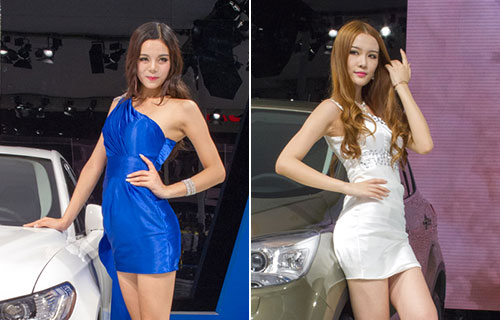 Models at Ford pavilion at Chengdu Motor Show
Models at Ford pavilion at Chengdu Motor Show
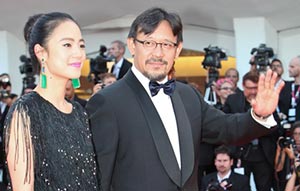 Brilliant future expected for Chinese cinema: interview
Brilliant future expected for Chinese cinema: interview
 Chang'an launches Eado XT at Chengdu Motor Show
Chang'an launches Eado XT at Chengdu Motor Show
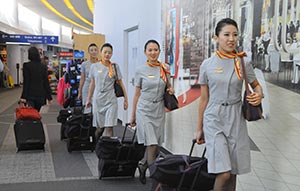 Hainan Airlines makes maiden flight to Chicago
Hainan Airlines makes maiden flight to Chicago
 Highlights of 2013 Chengdu Motor Show
Highlights of 2013 Chengdu Motor Show
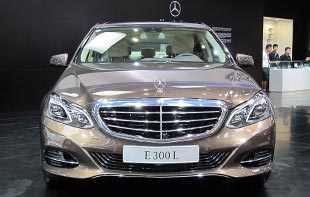 New Mercedes E-Class China debut at Chengdu Motor Show
New Mercedes E-Class China debut at Chengdu Motor Show
 'Jurassic Park 3D' remains atop Chinese box office
'Jurassic Park 3D' remains atop Chinese box office
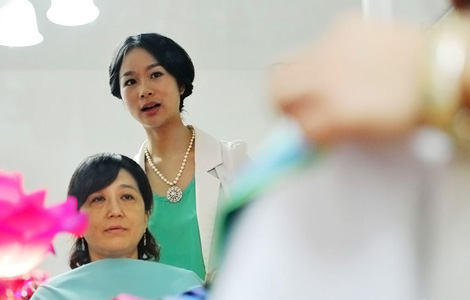 Beauty reveals secrets of fashion consultant
Beauty reveals secrets of fashion consultant